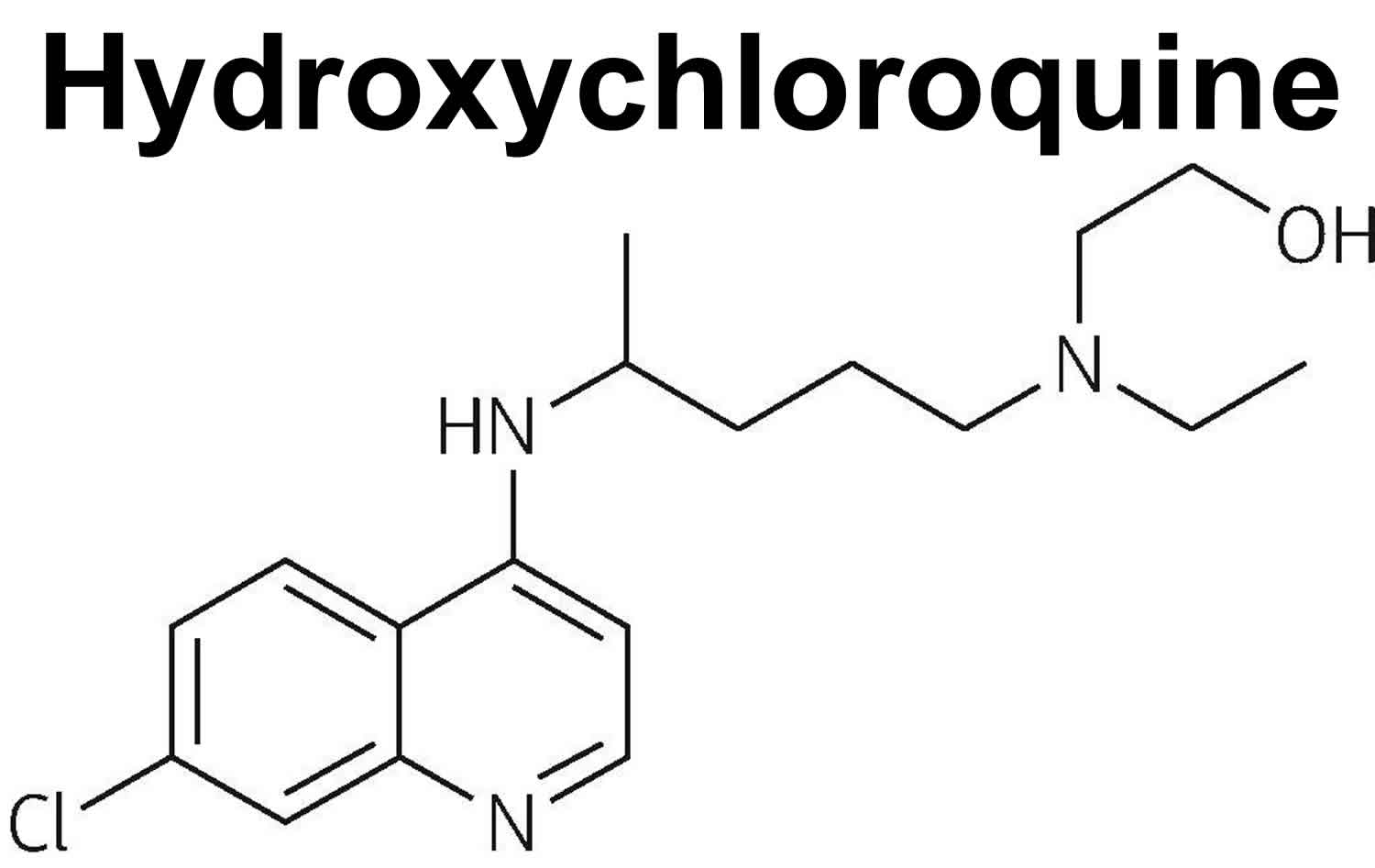The increasing recognition of High-Energy Visible Light (HEVL), particularly blue light, as a contributor to photoaging and cutaneous oxidative stress presents a significant challenge in dermatology and cosmetic research. HEVL exposure can induce cellular damage, leading to skin hyperpigmentation and activating immunological mechanisms implicated in diseases like lupus. Furthermore, the harmful effects of blue light on the viability and oxidative stress in skin cells, such as keratinocytes, have been described, highlighting the need for effective protective agents. Currently, agents capable of protecting the skin from this type of radiation remain scarce.
Hydroxychloroquine (HCQ), a synthetic antimalarial drug, is a cornerstone therapy for several autoimmune and dermatological conditions, including systemic lupus erythematosus (SLE), cutaneous lupus erythematosus, and dermatomyositis. A common feature of many dermatoses treated with HCQ is photosensitivity or photoaggravation. Studies have previously suggested that HCQ might exert a photoprotective effect by stabilizing lysosomes in skin cells and reducing UV-induced inflammation. Given that HCQ’s photoprotective role against solar radiation, especially HEVL, remains minimally understood, this research aimed to investigate the effect of HCQ on cell viability and oxidative stress in human keratinocytes (HaCaT cells) when exposed to blue light.
Methods
Immortalized human keratinocyte (HaCaT) cultures were incubated with HCQ at concentrations of 1, 2.5, or 5 µM before irradiation. Cells were exposed to 448 nm blue light at varying doses (4.5 J/cm² to 72 J/cm²) over two consecutive days, mimicking ambient sun exposure in a mid-latitude region. The study assessed cell viability using the XTT assay, Reactive Oxygen Species (ROS) production using the DCFH-DA probe, and the expression of key oxidative stress-related enzymes—superoxide dismutase (SOD), glutathione peroxidase (GPX), and catalase (CAT)—via immunoblotting.
Key Findings
• HCQ’s Basal Effects: HCQ alone, at the concentrations tested, did not generate ROS or modify cell viability under basal conditions, indicating it is neither a pro-oxidant nor a direct antioxidant in this state.
• Damage Threshold: Higher irradiation levels, starting at 36 J/cm², caused extensive cellular damage and ROS accumulation, leading to a significant drop in cell viability. HCQ was unable to buffer the decrease in viability induced by light at fluences above 9 J/cm².
• Protection at Sublethal Doses: Low blue light doses triggered endogenous protective responses, which HCQ enhanced. At the 9 J/cm² fluence, HCQ treatment showed a dose-dependent tendency to improve cell viability, although this difference was not statistically significant.
• Modulation of Oxidative Stress Enzymes: Co-treatment of keratinocytes with 5 µM HCQ and a low light dose (9 J/cm²) significantly increased the expression of the Superoxide Dismutase (SOD) enzyme compared to the control. SOD is the primary defense against superoxide, the initial ROS generated by blue light.
• ROS Reduction: When HaCaT cells were exposed twice to 36 J/cm², HCQ significantly decreased ROS production compared to irradiated cultures without the drug. However, this reduction in ROS at the 36 J/cm² dose did not translate into an improvement in overall cell viability.
This study provides compelling evidence of a potential in vitro photoprotective effect of hydroxychloroquine against sublethal blue light doses in human keratinocytes. The novelty of this research lies in its specific focus on HCQ’s mechanisms against high-energy visible light, an area previously underexplored despite HCQ’s common use in photodermatoses.
The findings suggest that HCQ modulates the oxidative stress response, primarily by enhancing the cell’s primary defense system; specifically, the combination of HCQ and low blue light doses generated moderate oxidative stress sufficient to significantly activate SOD expression. This SOD activation is hypothesized to protect the cell against subsequent light exposures. Critically, this protective effect diminishes once blue light exposure exceeds a certain toxicity or damage threshold.
For future implication, larger studies are essential to clarify the precise mechanism underlying this observation. It must be determined whether HCQ acts exclusively through an indirect antioxidant effect or if it possesses a true photoprotective capacity by absorbing blue light wavelengths. Furthermore, future research must analyze HCQ’s anti-inflammatory potential and ensure that the drug does not cause additional inflammation or trigger photoallergy, as HCQ is known to be a photosensitizer at certain doses. This enhanced understanding is necessary before determining its potential application in clinical practice for photoprotection.
Link to the study: https://www.mdpi.com/2079-9284/12/5/213


